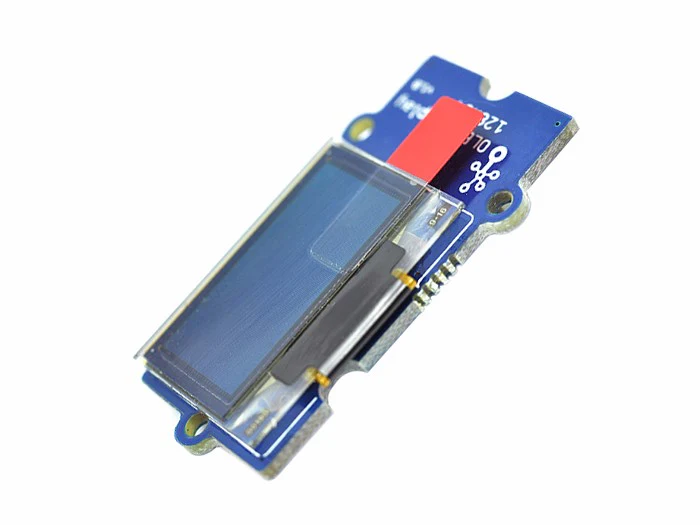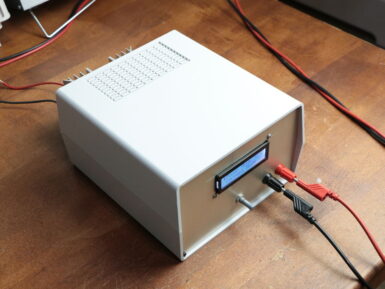
Grove - OLED Display 0.96"
Sold outGrove - OLED Display 0.96” module is an OLED monochrome 128×64 dot matrix display module with Grove 4pin I2C Interface.
Overview
Compared to LCD, OLED screens have a number of advantages such as high brightness, self-emission, high contrast ratio, slim / thin outline, wide viewing angle, wide temperature range, and low power consumption.
Features:
- Grove compatible Interface
- Communicate Mode: I2C
- Low power consumption
- Display Color: White
- Wide range of operating temperature: -20℃~70℃
Tech specs
Specifications
|
Items |
Min |
Norm |
Max |
Unit |
|
Power Voltage (VCC) |
3.3 |
5.0 |
5.5 |
V |
|
Driver IC |
- |
SSD1308Z |
- |
- |
|
Display Color |
- |
White |
- |
- |
|
Dot Matrix |
- |
128×64 |
- |
- |
|
Panel Size |
- |
26.7(W)×19.26(H) |
- |
mm |
|
Active Area |
- |
21.74(W)×11.175 (H) |
- |
mm |
|
Dot Pitch |
- |
0.17(W)×0.175 (H) |
- |
mm |
|
Dot Size |
- |
0.15(W)×0.15 (H) |
- |
mm |
|
Wide range of operating temperature |
- |
-20~70 |
- |
℃ |
Get Inspired

Another Slot Car Lap Counter, but if I did it anyone can do!

If you need a device which draws a certain amount of current and power for testing, then GreatScott! has just the solution. His project uses an Arduino Nano, along with a separate IC and a voltage divider, to measure both current and voltage input from the power source. It then employs this data to properly adjust a MOSFET, dissipating the correct amount of voltage and power as required. Interface is handled via a rotary encoder and a 16x2 I2C LCD display, and the electronics are housed in a solid-looking enclosure. As seen in the video below, the adjustable constant load features an impressively large heat sink, needed to take care of the 30V and 20A that the setup is capable of drawing.






